Ensuring safe and sustainable public debt control
 |
| Truong Hung Long, Director of Department of Debt Management and External Finance (Ministry of Finance), |
Could you tell us about the basic and general contents of the Public Debt Strategy to 2030?
The Prime Minister signed and promulgated Decision No. 460/QD-TTg, approving the public debt strategy to 2030. The strategy implemented Resolution 07-NQ/TW of the Politburo on the policy of restructuring the state budget and managing public debt towards a safe and sustainable national finance.
Accordingly, the Strategy stipulates mobilizing, managing and using public debt capital from now to 2030, through the following objectives; mobilizing capital for development investment of the economy within a balanced framework between the management of the state budget; mobilizing capital for development investment based on the general structure of the Government, and ensuring safe and sustainable control of public debt.
Furthermore, Resolution No. 07 of the Politburo stipulates that it is important to focus on mobilizing domestic capital sources, foreign capital and combining these two sources. In addition, it is necessary to strictly control and effectively use these capital sources, enhance the publicity and transparency of public debt sources, and control public debt within the allowable threshold on the basis of controlling budget deficit as well as budget expenditure structure in the period from 2021 to 2030.
What are the basic targets of public debt set to 2030?
In the Public Debt Strategy for the 2021-2030 period, the objective is that by 2030, Vietnam will control public debt at no more than 60% of GDP (it was 65% in the period 2016-2020) and Government debt should not exceed 50% of GDP (it was no more than 55% in the period 2016-2020). In the period 2021-2025, with a public debt ceiling of 60% of GDP, the threshold is set at 55% of GDP; if the government debt exceeds 50% of GDP, the threshold is 45% of GDP. This means that when the public debt reaches 55% and the government debt is at 45%, we will begin to take measures to control public debt within the permitted range, reduce the tasks of spending, control the state budget deficit, suggesting solutions to limit the increase in budget expenditures.
Is there any new point in the allocation of the central budget and local budget for public debt?
In the period 2016-2020, budget deficit was controlled at an average of 3.9% of GDP; the state budget deficit will be controlled at 3.7% of GDP in the period 2021–2025. In particular, the central government budget deficit is 3.4% of GDP and local budget deficit is 0.3% of GDP. It means that ministries, sectors and localities are allowed to use public debt capital. However, the mobilization of public debt capital to serve the investment objectives of the budget will be allocated following the structure of the budget. In the range of locality, all localities are used at 0.3%. The mobilization of domestic capital, as well as foreign capital for local investment projects, must be based on the above objectives.
In the context of world economic fluctuations, along with the impact of the Covid-19 pandemic, what will be the challenges in implementing public debt targets.
In the periods from 2021 to 2030, especially between 2021 to 2025, the global and domestic economic context will have a great impact on capital mobilization. Firstly, in the period of 2021 - 2025, Vietnam will no longer be able to borrow ODA from the World Bank and IDF from the Asian Development Bank. Furthermore, Vietnam must access concessional loans. In the near future, Vietnam will no longer have preferential loans. They must approach the market with foreign capital.
Secondly, Resolution No. 07 of the Politburo sets out the mission of developing the domestic capital market and considers this capital as fundamental. The task set is to develop the domestic capital market, ensure abundant capital, control the domestic capital market well, and reduce borrowing costs.
Thirdly, in terms of the use of capital, when Vietnam is no longer borrows ODA and switches to commercial loans, it will have to bear the risks of currency, interest rates and other loan conditions. At that time, it is necessary to have measures to manage and handle those risks.
In order to fulfill the above objectives and tasks, what are the solutions that have been and will be applied by the management authorities?
To manage public debt, the Department of Debt Management and External Finance is currently using two public debt management models, namely the Medium Term Debt Strategy model on the WB's debt management plans and Debt Sustainability Analysis (DSA) model. This is one of the major debt management models, closely related to the task of analyzing, forecasting and performing risk management of debt portfolio in order to ensure public debt safety and national financial security. Through the use of these two management models, the Department has built, researched and analyzed public debt management scenarios up to 2030 to choose the most appropriate scenario for current conditions, as well as meet the requirements of public debt management. In addition, suggesting solutions to implement the public debt strategy by 2030 which are highly feasible, with a "buffer" in the treatment plan.
In fact, after the 2016-2020 period, the Department strongly reformed public debt management and controlled public debt. Vietnam's public debt balance is relatively large, resulting in relaxation in the implementation of public debt management policies. As a result, public debt in Vietnam is now about 43.7% of GDP, while the allowable public debt ceiling is 60%. If adding the implementation of the Government's stimulus packages, the public debt will also increase to about 45% of GDP.
With the clear direction of the Politburo in Resolution No. 07. as well as of the Government in the Public Debt Strategy to 2030, and with the determination of all levels and sectors, we believed that we will control the public debt situation by 2030.
Thank you!
Related News

Proactive customs measures for express parcels: Tightening control over import-export goods
22:09 | 27/01/2025 Customs

The rate of physical inspection at HCM City Customs accounted 3.7%
10:18 | 21/10/2024 Customs
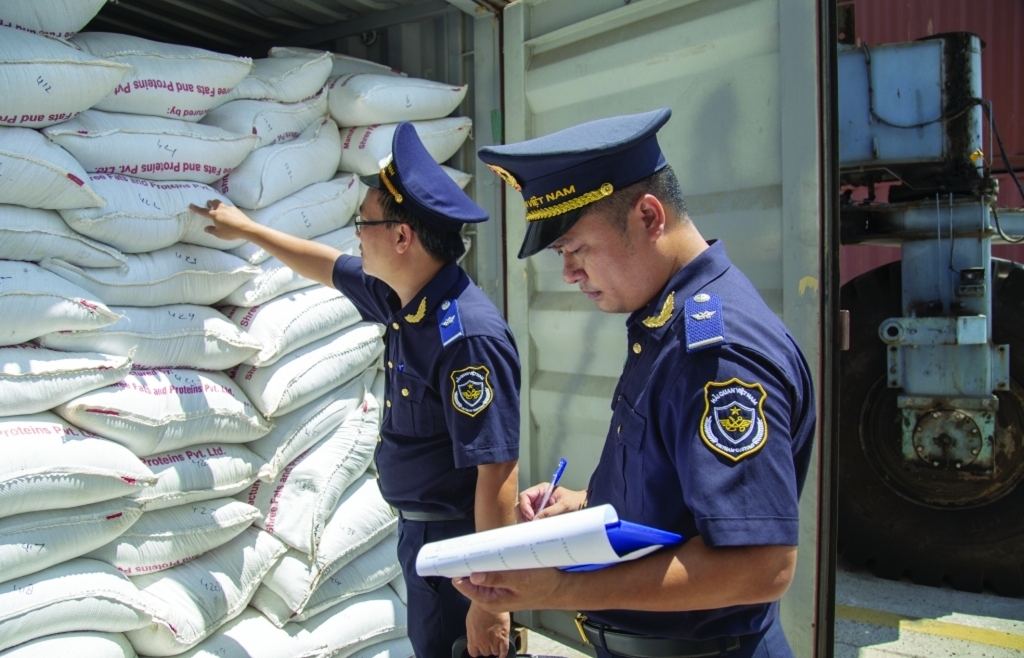
Binh Dinh Customs: revenue collection increases sharply
13:48 | 04/05/2024 Customs

Da Nang Customs: Sharing experiences about risk management when making customs settlement report
16:15 | 17/04/2024 Customs
Latest News
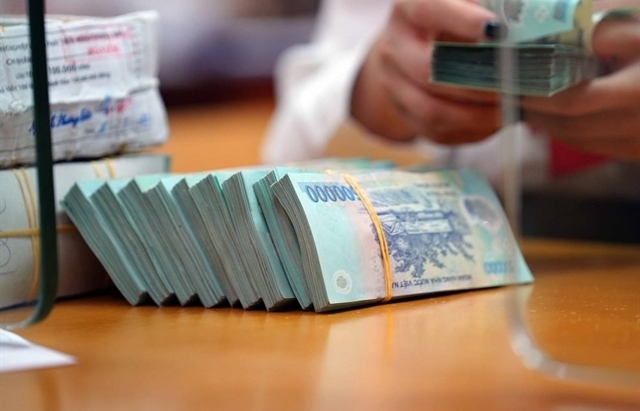
Personal income tax proposed for interest on some bank savings accounts
10:31 | 20/02/2025 Finance

Banks set for aggressive bond issuance in 2025 to fuel growth
16:20 | 19/02/2025 Finance

Central bank cuts interest rate on bills for first time in 2025
15:30 | 18/02/2025 Finance
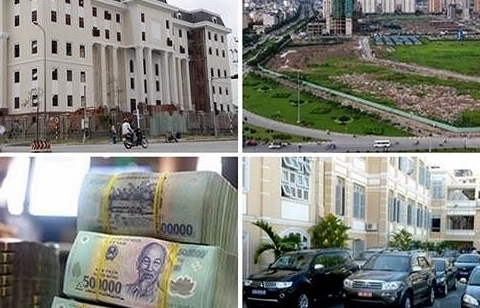
Focusing on inspecting inventory of public assets at units with large and complex assets
16:31 | 15/02/2025 Finance
More News
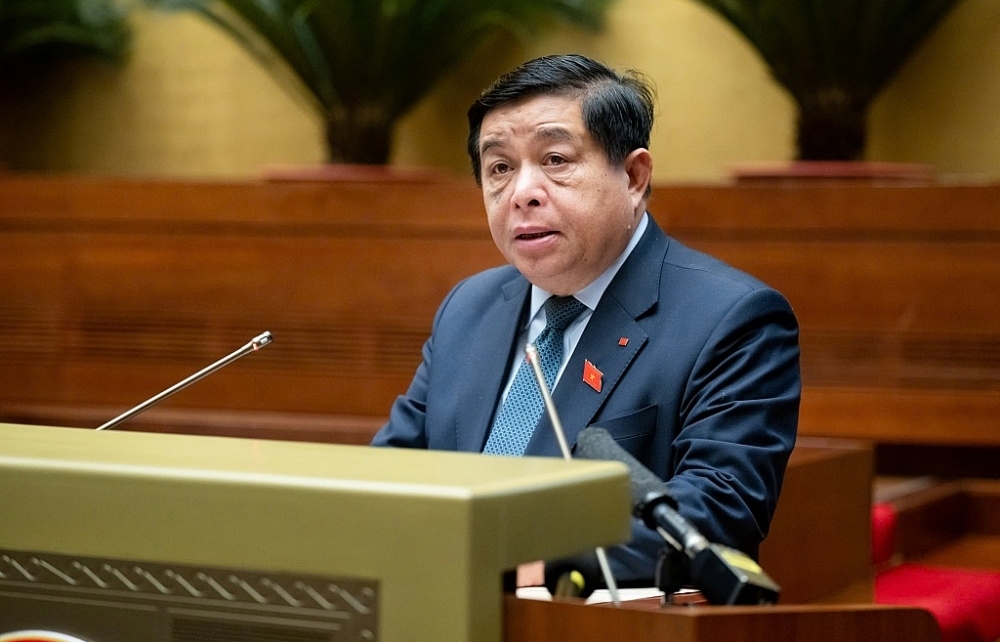
The government seeks approval for revised GDP, CPI targets
16:28 | 15/02/2025 Finance

Fiscal, monetary policies support demand stimulation, price stabilisation
14:49 | 14/02/2025 Finance

Vietnam secures VND 157 billion from state enterprise divestment in 2024
09:16 | 14/02/2025 Finance

Vietnam gears up for potential inflation impact in 2025
14:26 | 11/02/2025 Finance
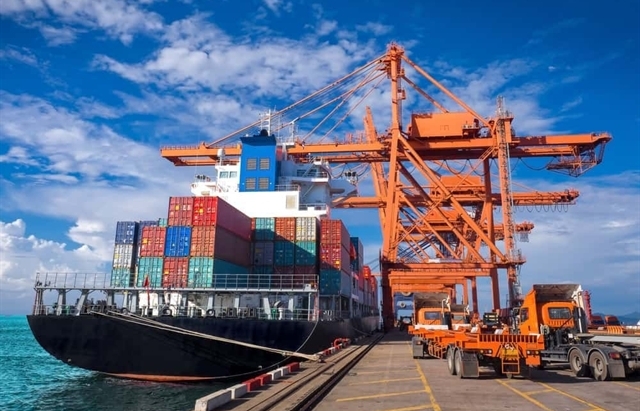
VN’s credit conditions in 2025 expected to be stable
14:24 | 11/02/2025 Finance
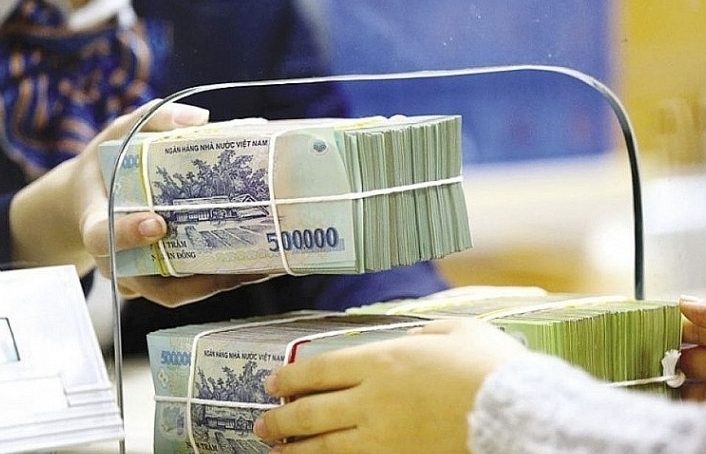
State revenue in first month of the year equal to 14% of the estimate
10:12 | 11/02/2025 Finance

Securities 2025 expects a breakthrough in scale and quality
14:37 | 10/02/2025 Finance
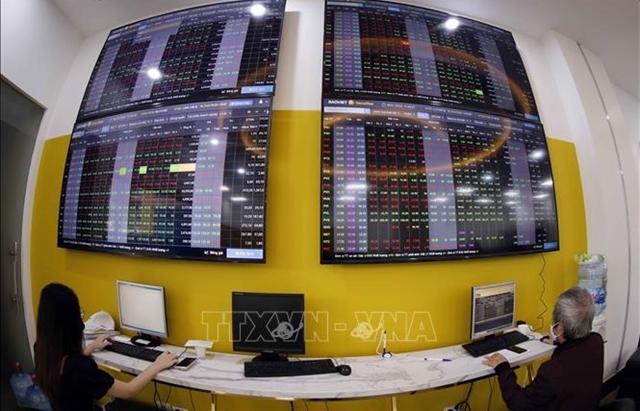
Cash reserves in stock accounts at six-quarter low amid margin rise
08:23 | 10/02/2025 Finance

Five solutions for developing stock market in 2025
10:01 | 07/02/2025 Finance
Your care
The system has not recorded your reading habits.
Please Login/Register so that the system can provide articles according to your reading needs.

Personal income tax proposed for interest on some bank savings accounts
10:31 | 20/02/2025 Finance
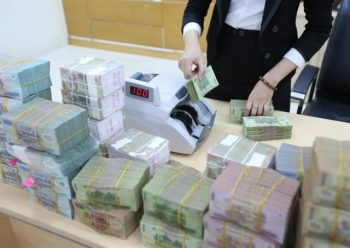
Banks set for aggressive bond issuance in 2025 to fuel growth
16:20 | 19/02/2025 Finance

Central bank cuts interest rate on bills for first time in 2025
15:30 | 18/02/2025 Finance

Focusing on inspecting inventory of public assets at units with large and complex assets
16:31 | 15/02/2025 Finance

The government seeks approval for revised GDP, CPI targets
16:28 | 15/02/2025 Finance
